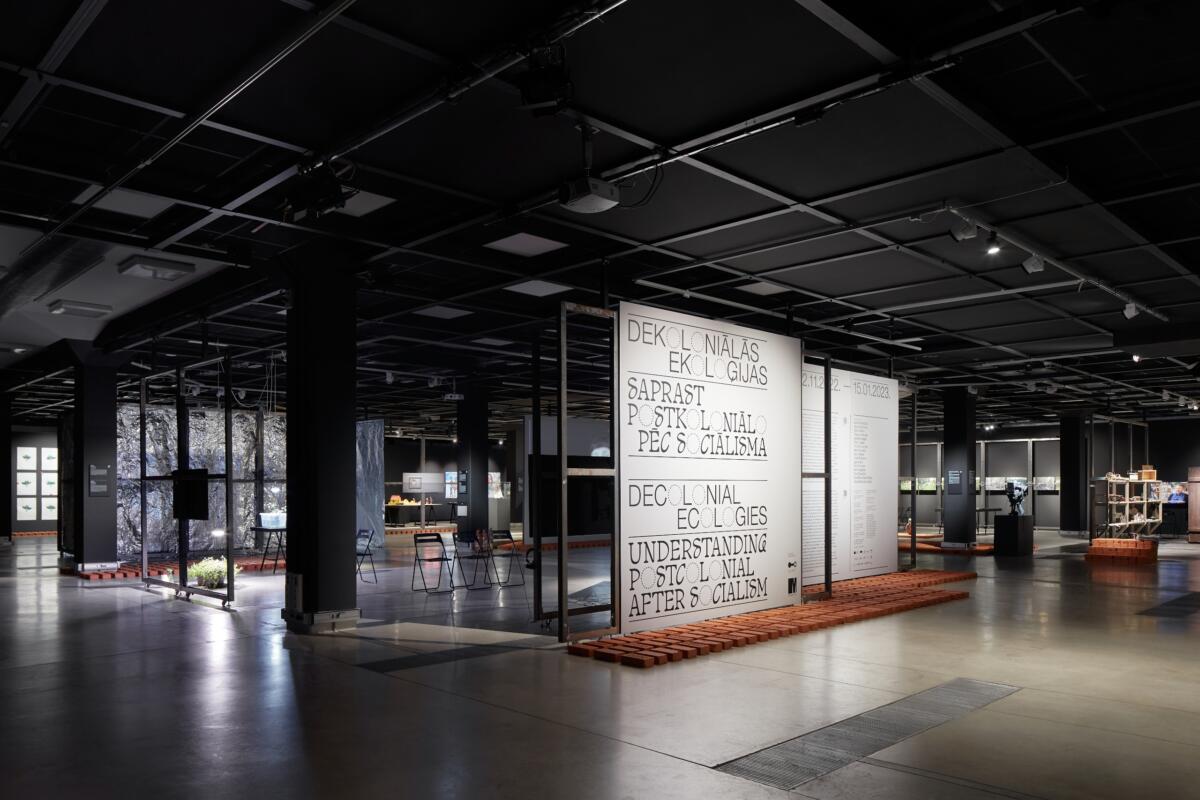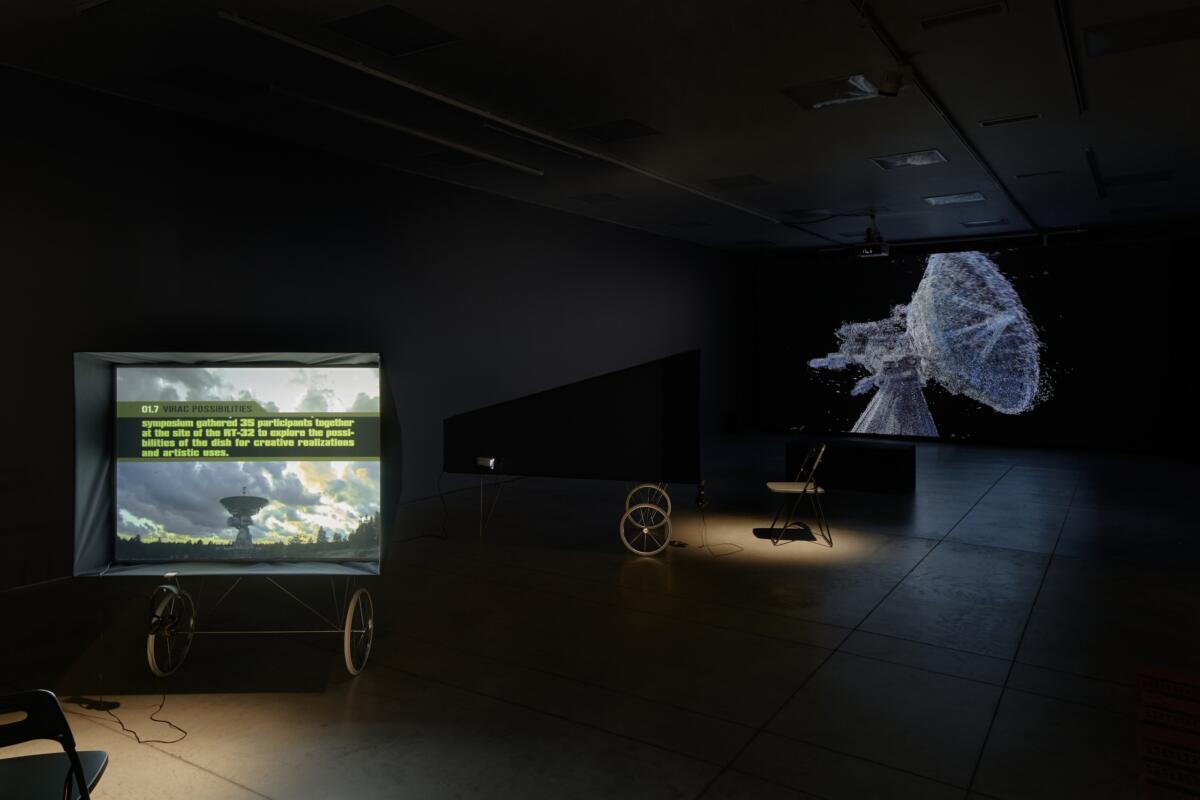
Memory is like a rhizome, stretching out in different directions, growing nodes and establishing links each time we recall something in a new context. These reflections become tools, connecting and attaching us in time to places, objects, and people. As we attempt to sever, or at the very least untangle the roots of colonialism, and construct more ethical future relations and systems, we look into the nets of our memories; to that which has been lost or saved, embellished or diminished, to the institutional structures and (im)balances of power that have rendered this current state of (to say the least) friction. The earth has just welcomed its eight billionth human amidst a global climate of Western white supremacy, a war in Europe, institutionalized, systemic violence upheld by archaic, misogynistic systems, toxic rivers and oceans teeming with plastic, rising sea levels and a warming planet, staggering economic inequality, and otherwise rampant, generalized instability and unsustainability. Digital connectivity keeps our switches on 24/7 and has inverted global/local relations: our communities are no longer bound by soil or blood but ideology and access.
The exhibition Decolonial Ecologies at Riga Art Space features the work of 13 artists or artist collectives, which according to curator Ieva Astahovska, is centered on regional (Baltic / East European / post-Soviet) ecological and socio-political change and localized, human-level processes of decolonization. The exhibition is part of a larger project of the Latvian Center of Contemporary Art called Rethinking Postsocialism through Postcolonialism in the Baltics, which “addresses entangled relations between the past and present in Latvia and the Baltics through the prism of the current ecological crisis and environmental issues.” In addition to the exhibition, the project includes a series of online discussions, a public program, and a summer school, creating a multidimensional network of observations, questions, and propositions.




Stepping down into the gallery space, the exhibition unfolds. Various narrative paths are possible. There is a strong sense of architectural harmony amongst the works and a clearly horizontal organization with no one work dominating the aural or visual landscape. The exhibition was designed to be as open, connective, and to create as little waste as possible. Steel armatures typically covered in drywall were left open, their bones forming an unobtrusive net or web-like visual structure allowing sightlines and thoughtlines to flow between sounds and objects. In the physical center of the space there is a large screen with a bench and a few pairs of headphones, staging for the piece rememberMINT (2021) by Olia Mykhailiuk. This work uses the mint plant as its conceptual linchpin; a hearty, biological rhizome that sends out horizontal runners and subterranean rootstalks, whose memory drives its stretching, seeking, and resilient habit through cracks and rubble and all that has remained.
The hour and 20 minute long video stitches together interviews, photographs, recordings of performances, and audio notes from the regions of Donetsk and Luhansk related to the Russian war in Ukraine which began in 2014. The narrative of war, of simultaneous past and present, is woven together with ideas of regeneration and continuation, of memory and remembering, of history told through sensing and the non-human life that shares these burdens. For Mykhailiuk, these threads are woven through the mint plant, which linguistically in Ukrainian (as well in other Slavic languages) is contained within the word пам’ятати (pamyataty: to remember, м’ята: mint).
During one section, an interviewee was asked if the mint from Alchevsk was different. As he recalls his memories of the landscape, he describes a general causation. “All plants that grow in harsh conditions – like in Donbas – are more fragrant. It’s the same in the mediterranean: lavender, santolina, rosemary, you can grow them in the same way at home or somewhere near to a forest; but they won’t get so much sun there, so much energy, and there won’t be that strong, astringent smell…” These moments are a reminder that trauma and colonialism plays out in the landscape, that the wounds of war are not only remembered in the cells and skins of human bodies but are indelibly etched into the entirety of the material world; remembered in a more heavily perfumed wind, a gnarled tree, or the silence of an absent songbird.



Just next to this work, the rootstalk of war emerges again in the work of Maria Kapajeva. Her two-channel video, the enforced memory, negotiates the removal of a monument of a Soviet T-34 tank which was originally placed in 1970 to commemorate fighting on that land in 1944, in her hometown of Narva. This decision by government officials was made in an effort to remove Soviet monuments from public space after the escalation of the Russian war in Ukraine in February 2022. In the videos, Kapajeva brilliantly negotiates the subliminal power and violence that such objects represent. In some of the scenes, Kapajeva recorded herself on-site screaming, using a therapeutic technique for ridding the body of anger, which adds an even greater complexity to the piece. Public space has rules and is not neutral, and on a sunny day in what appears to be summer, we watch as her body folds in on itself, expelling as much rage, confusion, fear and sadness as she can muster, until it is rid or she is empty, whichever comes first. Hanging in one row alongside the videos are her series of poem-like journal entries, Chronicles (2022), printed on white cloth, describing recollections of family, of other monuments, of watching people visiting this monument. In the last entry, Kapajeva pointedly, and chillingly scribes “…it is engraved in my memory…without my permission…”. Decolonizing not only public spaces but the mental frameworks by which we operate is perhaps the bigger task. When a building falls or a monument is removed it doesn’t simultaneously scrub the mind or muscle memory. Neural pathways continue to flow in the same direction unless they, too, are freed.
In the opposite corner of the space, we read “ACTIVE RESISTANCE, PASSIVE HEALING” printed on a series of stickers as part of the work Marronage by the artist collective Family Connection. The term marronage, referring to runaway slaves who set up new communities in regions like the US and Caribbean, rejecting Western-style colonial subjugation, is used here to describe contemporary practices of emancipation, of alternative labor movements and economies co-existing with dominant colonial structures. Sections devoted to the different members are home to paintings, drawings and sculptures, woven bags, video and sound; the works each feature materiality and subject related to their particular maker. As the only work from a majority non-continental European perspective (Curaçao, a colony of the Kingdom of the Netherlands), it was a critical inclusion for dimensionalizing and establishing nuance in this discussion of power and residual domination. A series of woven jute pouches hung from an exposed I beam instantly brought me to Ursula K. Le Guin’s Carrier Bag Theory of Fiction, wherein she reimagines the origins of humanity by redefining how we think about technology (human interface with the material world) – as a carrier (net/bag/web) instead of a weapon of domination.


The success of this exhibition lies exactly in its locality, in bringing into the light many of the specific institutions, ideologies, memories, and traumas that we might rather keep underground, with a careful amalgamation of research-based inquiry and speculative fiction. In the work Storks, a Sacred Bird (2022) by Diana Lelonek, the human fantasy of storks – the bringer of luck, health, protection, and from time to time babies – crashes down into a filthy, stinky, mountain of trash (the Getlini Landfill in Riga, to be exact), which these birds have adapted as their home in some sort of post-apocalyptic fairytale-cum-reality. In Darja Popolitova’s video БАЮ-БАЙ (2022), two pram-bound Nevalyashka (Russian rocking dolls) are rescued from a basement and brought into the light and then ultimately to a rave where they hilariously experience the shock and disappointment of their liberation. And in Deep Sensing (2002, 2022) by Rasa Šmite and Raitis Šmits, we are cautioned not to become too invested in the frontiers that lay beyond our planet for fear of terrestrial abandonment in favor of simply re-performing colonization elsewhere.



How does one find their place in a homeland that has become unrecognizable, when the changes have occurred too quickly for one generation to handle? When the rootstalk has become obsolete or perhaps even severed without consent? Alotment Garden No. 849 (2022) by Vika Eksta and Anna Griķe tackles just this. A tent-like structure is covered by a stitched fabric composed of unused plastic vanity shopping bags, evoking a children’s playhouse or some other imaginary of “home”. Entering inside we find fake plants, lapel pins, personal journals, lace curtains, collections of objects from another world. A liminal space created from the collections of Eksta’s grandparents, amassed over decades, squirreled away for protection against future lean times or perhaps more simply, as affirmations of existence in an otherwise irrelevant reality. The title locates us in the space of the pre-war concept of the allotment – plots of land with small, bungalow-style cottages which became a critical source of sustenance and solace especially for the working-class Eastern European, Soviet, Baltic generation born around the second world war. This piece balances the sadness of mortality and capitalist obsolescence with a touch of wonderment, uncomfortably pressing an exposed nerve that we didn’t realize was there.






As Journey to Chernitvtsi (2022) by Haralds Matulis reminds us, which through painting and discursive practice interrogates nostalgia and the postcolonial gaze, it is impossible to construct a future without memories of the past, be they regretful, traumatic, longed-for, or proud. The effects of colonial, capitalist, Western, patriarchal structures have scorched, etched, and pillaged, and trace paths of collective adaptations and mutations. Yet in spite of everything, a collective energy emerges, in search of a more nurturing, horizontal, biological rhythm. Mykhailiuk asks her interviewees, “What associations does the verb “remember” arouse in you?” One responds, “I think that all these beautiful things, against a backdrop of ruins, give us a hook to catch onto something more beautiful…Those terrible sounds and noises: they are powerful. I now often miss them…But each of these islands – the flowers or birds – they help. They help me…When you talk to the guys, memories are nightingales and sunflowers.” Entangled histories and how we are changed by the people, places, and policies we live with/in/under are told for the sake of radical hope, for a future that will be different, that must be different. These rememberings are the brick and mortar from which the new shoots cling and rootstalks flourish. They are empty plinths and basement treasures, the new memories of collective biological survival.



Decolonial Ecologies
On view at Riga Art Space from November 2, 2022 – January 15, 2023
The exhibition is part of the project Rethinking Postsocialism through Postcolonialism in the Baltics, convened by the Latvian Center for Contemporary Art
Curator: Ieva Astahovska
Participating Artists: Anna Shkodenko + Darja Popolitova + Viktor Gurov + Francisco Martinez, Aurelija Maknytė, Diana Lelonek, Family Connection, Haralds Matulis, Inga Erdmane, Linda Boļšakova, Līga Spunde, Maija Demitere, Maria Kapajeva, Olia Mykhailiuk, Rasa Šmite + Raitis Šmits, Vika Eksta + Anna Griķe
Imprint
| Artist | Anna Shkodenko + Darja Popolitova + Viktor Gurov + Francisco Martinez, Aurelija Maknytė, Diana Lelonek, Family Connection, Haralds Matulis, Inga Erdmane, Linda Boļšakova, Līga Spunde, Maija Demitere, Maria Kapajeva, Olia Mykhailiuk, Rasa Šmite + Raitis Šmits, Vika Eksta + Anna Griķe |
| Exhibition | Decolonial Ecologies |
| Place / venue | Riga Art Space |
| Dates | 02.11.2022 - 15.01.2023 |
| Curated by | Ieva Astahovska |
| Index | Anna Griķe Anna Shkodenko Aurelija Maknytė Baltics Darja Popolitova Decolonial Ecologies Diana Lelonek Family Connection Francisco Martinez Haralds Matulis Ieva Astahovska Inga Erdmane Kathryn Zazenski Latvia Latvian Center of Contemporary Art Līga Spunde Linda Boļšakova Maija Demitere Maria Kapajeva Olia Mykhailiuk Raitis Šmits Rasa Šmite Riga Riga Art Space Vika Eksta Viktor Gurov |
